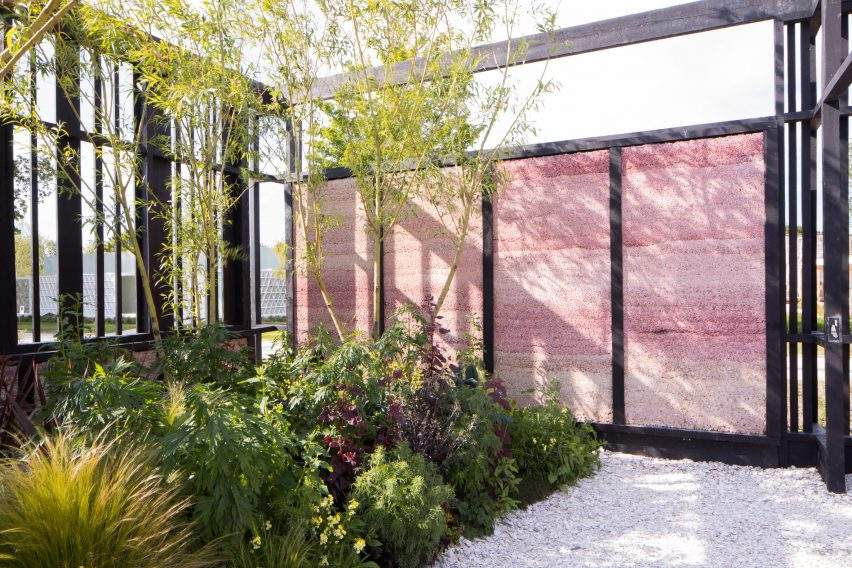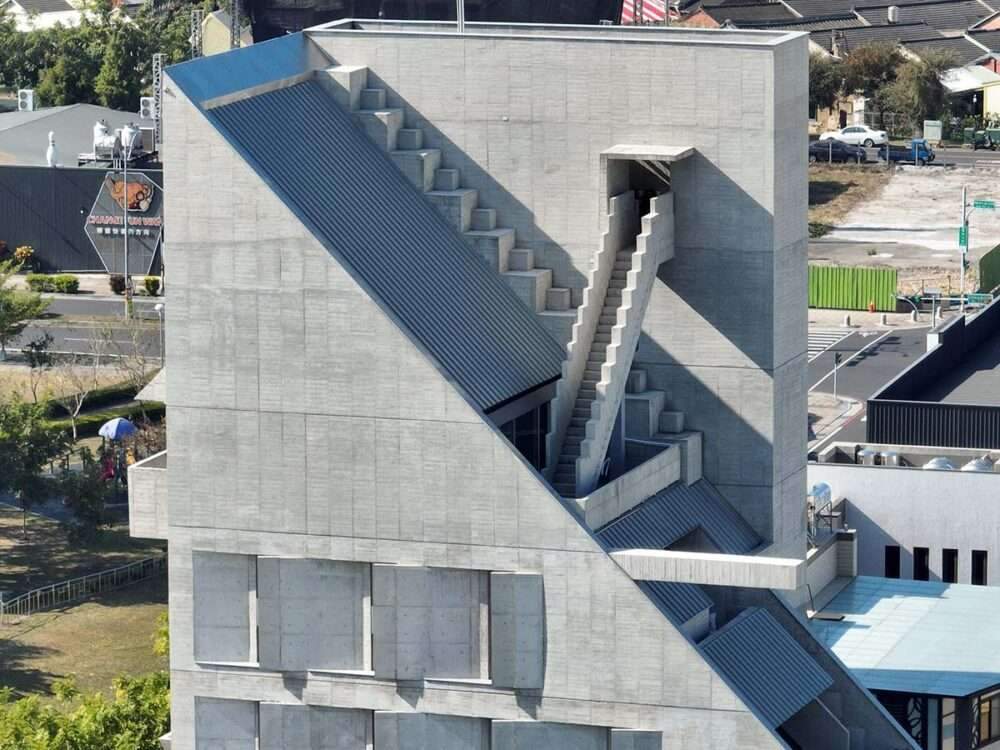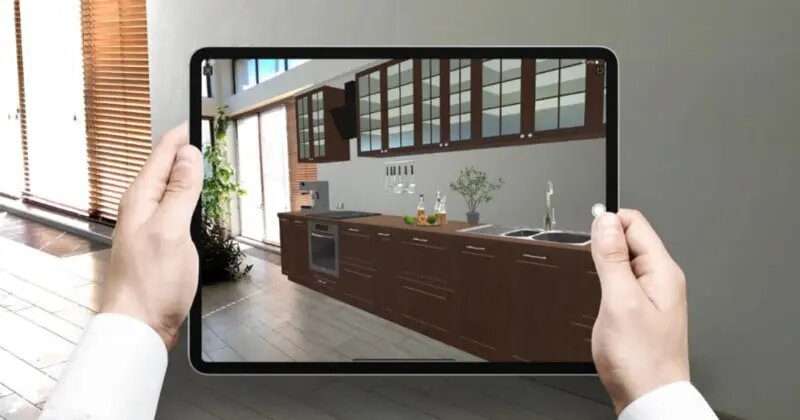Studios such as Counterspace and OMA are predicting that architecture in 2024 will be more focused on the community rather than extravagance. It will have fewer experiments and more “safe spaces”
It is predicted that the most far-reaching effect on architecture in the future will be due to global issues, as nations start to focus more on their own interests and become more defensive.
Also, It looks like the times of plentitude are drawing to a close.
Wenchian Shi, the Asia studio director for MVRDV, declared that the initial enthusiasm for globalisation has ended.
The woman commented to Dezeen that each nation and landmass is attempting to become more self-focused and protective.
David Gianotten, a managing partner at OMA, proclaimed that the time of abundance seems to be concluding.
He declared that there is a scarcity of resources.
M. Gianotten further stated that the emergence of Covid-19 and, most recently, two wars have induced a feeling of unease in many people.
He expressed that this will result in the formation of “new design approaches” that place emphasis on local people and the generation of secure areas.
Architects predict that in 2024, international events like the war in Ukraine will have an effect on architecture. The featured image is of the Asiat-Darse project by architect Sumayya Vally. She is aiming for designs that “truly take into account their surroundings”.
Also, Gianotten stated that individuals are concerned for their neighborhoods and want to discover how they can contribute.
The built-environment sector will prioritize constructing safe spaces where members of the public have the opportunity to increase their feeling of being part of a community and strive for the betterment of all.
Sumayya Vally, the founder of Counterspace, has expressed a desire for the year 2024 that those communities which may have been neglected in the past will be able to have their voices heard.
Vally, who was honored as emerging architect of the year at Dezeen Awards 2023, expressed their desire to see architecture that is crafted according to different experiences and points of view, and that pays close attention to its environment.
The international arena will lead to fewer attempts at something new.
Kjetil Traedal Thorsen, part of the team behind Snøhetta, has suggested that the current global situation will result in more subdued architecture in the coming years, beginning in 2024.
He declared that there could be no questioning that the disputes, polarisation, and disparity among people which are happening now will carry on to throw the world into disarray.
The economy, politics, and even our patrons are leaning toward more secure decisions, familiar answers, and a reduction in testing out new ideas due to the existing circumstances.
Partner of MVRDV, Stefan de Koning, shared a similar belief.
He commented that, due to the ongoing economic, ecological, and other issues, there should be a diminishment in the area of luxury goods.
The concept of a more modest approach to architecture is starting to be seen in even traditionally luxury-minded countries like the UAE.
Mat Cash, a partner of Heatherwick Studio, claimed that the real implications of the current global situation will not be seen until 2024, when, as The Economist put it, the world will witness “the biggest election year in history”.
Cash asserted that approximately four billion individuals – a majority of the world’s inhabitants – will be asked to cast their ballots. He additionally stated that these instances will determine the course of a motion either towards more separation and insularity or towards further international collaboration. safe spaces.
He stated that the outcomes of these elections might have an extensive effect on architecture, as they will decide how the world deals with the difficulties it is now facing.
Our ingenuity will be concentrated on utilizing the available resources to the fullest.
In the future, sustainability is anticipated to become a major priority.
Thorsen noted that maybe it is time to view the formation of our natural environment as a positive development for humankind, instead of considering it a negative influence.
Dezeen reported that in 2023, the trend would be for architects to make more precise and successful measures. However, architects have noted that this is already taking place in 2021.
Gianotten stated that as the severity of the issue grows, the attention will shift to managing the particular dangers that climate change poses to the constructed environment instead of just generic design approaches for ecological wellbeing.
Hester van Dijk, a co-founder of the Dutch architecture studio Overtreders W, predicts that architects will start to place more importance on materials derived from organic matter that is capable of being decomposed.
The Netherlands administration, for instance, has allocated €200 million to upsurge the proportion of biobased materials, in terms of weight, in new constructions within the country from 3% to 30%, according to her.
The goal is to enable farmers and builders to collaborate in order to bring biobased building materials to the market through the use of funds.
It is anticipated that there will be an increase in the utilization of biomaterials among those who violate the law in the upcoming year.
Stuart Latham of Foster + Partners stated that increasingly precise carbon assessments will become available for projects.
He elucidated that due to the refinement of carbon calculations, estimations regarding the efficiency of buildings will be more reliable than before, leaving approximations in the past.
Latham is sure that retrofit will take precedence.
Foster + Partners asserted that the act of retrofitting and redeveloping existing structures will become increasingly popular as the effects of the embodied carbon are more widely recognized, he mentioned.
The Chief Executive Officer of the Dezeen Awards 2023, Alexandra Hagen, concurred with the selection of White Arkitekter as architecture studio of the year.
She articulated that they would use their imagination to capitalize on the structures they have already established.
Architects can leverage design to bring new life to existing structures, ranging from interior design to large-scale masterplanning.
Participation by the public will be essential – safe spaces.
Cash, a partner in Heatherwick Studio, declared that come 2024, a greater number of architects will be creating structures with the intention of them being able to be retrofitted, thus demonstrating the dedication to this concept.
He opined that the discourse on sustainability will gradually transition from concentrating solely on a structure’s life cycle to its predicted longevity.
He commented that there will be a transition from structures developed with a short lifespan of two to three decades to a greater interaction between the public and the architecture.
Cash proposed that we should have an outlook that looks to construct something sustainable for the next millennium.
He continued, “[The public] will be the determiners of a building’s long-term standing, and their opinions will be what truly matters.” In 2024, the public will start to have more of an influence in this dialogue, and their views will increasingly come to the forefront.
Foster and Partners have taken on the task of renovating the Transamerica Pyramid.
In 2024, Melodie Leung, associate director of Zaha Hadid Architects, anticipates an increase in mixed-use building designs to accommodate for this.
She elucidated that there is no longer any supposition that buildings will always be occupied in a similar fashion.
Design teams and clients are developing a better comprehension of how the safe spaces people use for living, working, and socialising may be altered for different times of day and adapted for the coming decades.
The opinion of the utilization of artificial intelligence within the world of architecture is divided.
However, architects had conflicting views regarding the potential of technologies such as AI in 2024, which had become a much-discussed subject in the previous year.
It is imperative for Hagen and Leung to continue to increase their knowledge in this field. safe spaces
Hagen proclaimed that staying up to date in the areas of design, sustainability and technology is essential for the year 2024. Additionally, he predicted that soon AI tools will be utilized to aid the analysis and design of projects.
According to Leung, architecture and engineering will be completely entwined with the digital world by the year 2024.
Moreover, She highlighted that the progression of AI can assist design teams in unifying intricate layers of data and investigation into their designs, with the aim of creating structures that are more enduring and energy-efficient.
At the same time, Ma Yansong, the founder of MAD, foresees a move away from technology in architecture over the next twelve months.
Ma elucidated that architecture can keep up with the progression of engineering and technology and adjust to the emotions of people.
He went on to say that architecture should not be seen merely as a product or simply an output of technology, but as something that is deeply linked to art, culture, and civilization. He argued that buildings that lack expression and soul should be left behind.
The originator of Counterspace insinuated that the inclusion of AI in architecture is inescapable and encouraged architects to concentrate on the elements they can oversee.
Vally asserted that architects have been utilizing AI for a considerable amount of time.
It is not a matter of avoiding the alterations that are on the horizon, but rather how to construct systems that increase the volume of voices from many different perspectives, incorporate various bodies of knowledge, and create models that can be appreciated from any point of view.
Vally wishes that in 2024, architects will break free from the norm and focus more on the environment they are designing for.
At the end of her statement, she stressed the importance of looking into our own past and current circumstances to uncover the tales and histories that exist in our environment.
Finally, find out more on ArchUp:










